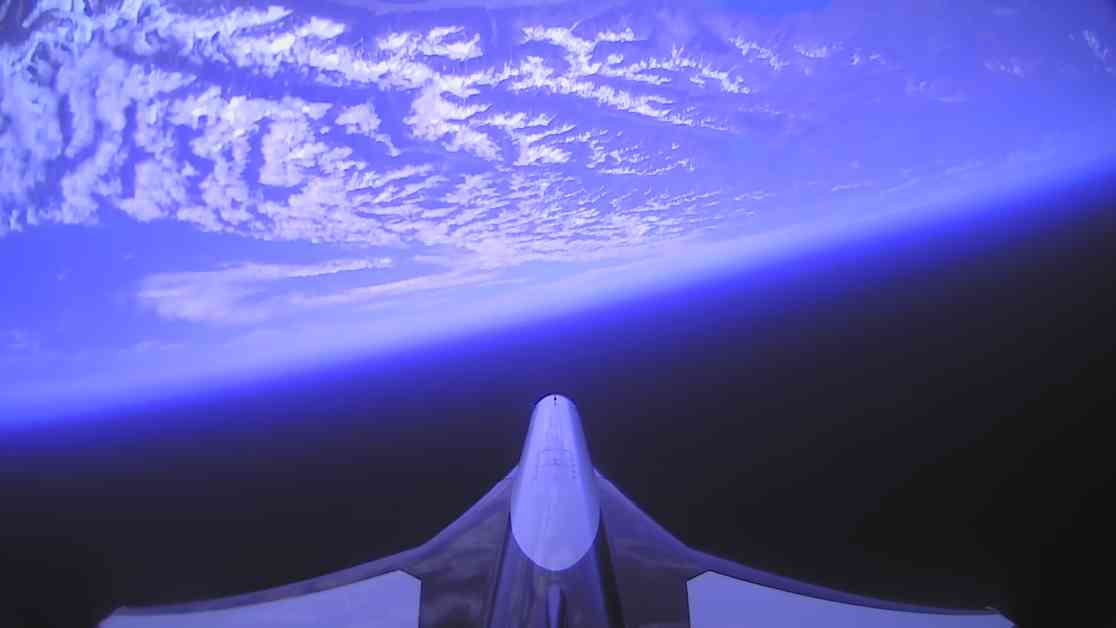A civil aircraft made history by breaking the sound barrier for the first time since Concorde in a successful test flight in New Zealand. Dawn Aerospace’s rocket-powered plane, named Mk-11 Aurora, exceeded the speed of sound, reaching Mach 1.1 and flying to 82,500 feet. This accomplishment marks a significant advancement towards operational hypersonic travel and daily space access.
The company stated that this achievement establishes rocket-powered aircraft as a new class of ultra-high-performance vehicles with immense potential for unprecedented performance. Stefan Powell, the chief executive of Dawn Aerospace, emphasized the groundbreaking nature of this milestone.
The Mk-11 Aurora is designed to launch satellites into orbit and provide daily access to space once fully operational. It is projected to fly to the edge of space twice a day and attain speeds of Mach 3.5 during ascent and re-entry. This development raises the question of whether the era of superfast travel, akin to the Concorde’s glory days, may be making a comeback.
Since the retirement of the Concorde in 2003, the aviation industry has seen a resurgence of interest in supersonic travel. Companies like NASA and Lockheed Martin have been working on creating a “quiet supersonic aircraft” that generates a “sonic thump” instead of a disruptive boom when breaking the sound barrier. This innovation aims to make supersonic travel more sustainable and acceptable to the public.
Looking ahead, the Quesst mission plans to test the X-59 aircraft over American communities to assess their response to the quieter sonic thumps. If successful, the findings will be submitted to regulators by 2030, potentially paving the way for a new era of quieter supersonic travel that could revolutionize the industry. The future of aviation seems to be heading towards faster, more efficient, and environmentally friendly modes of transportation that could reshape the way we travel.










